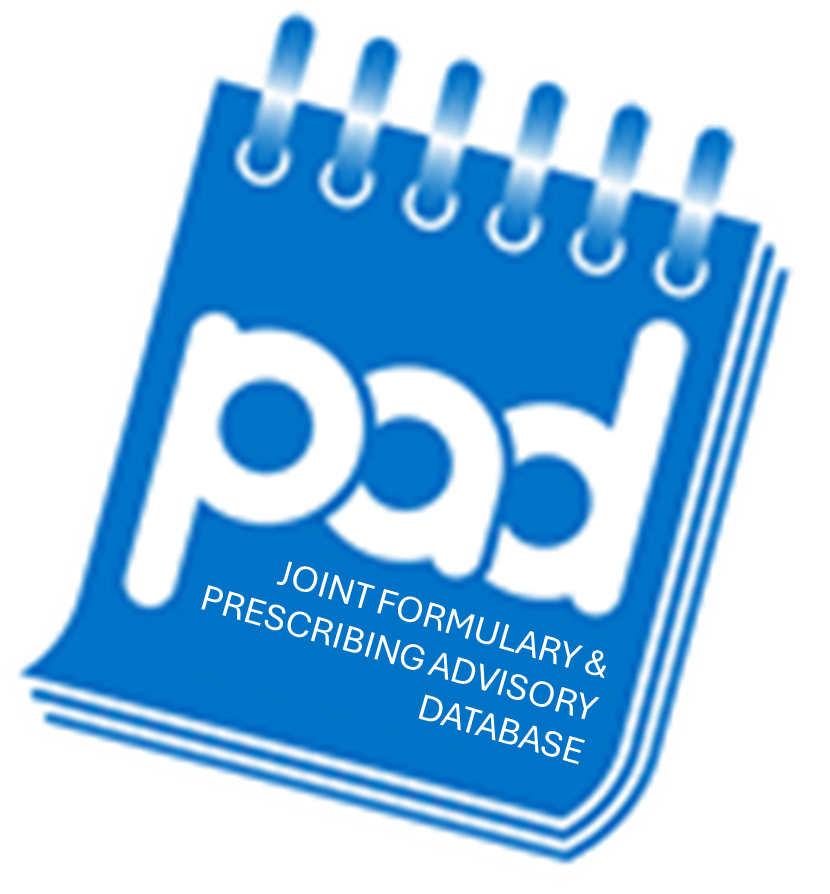
Ranibizumab - Diabetic macular oedema
You are here : Home > Formulary Search > Ranibizumab - Diabetic macular oedema
Documentation
PAD Profile
Committee Recommendations (3)
The Surrey Heartlands Integrated Care System Area Prescribing Committee approve the increased access to THREE switches for existing NICE approved anti-VEGF treatments to optimise response. A Diabetic Macular Oedema (DMO) treatment pathway was also agreed by the APC and is attached for information.
PLEASE NOTE: The most cost-effective anti-VEGF treatment is biosimilar ranibizumab which will be counted as a ‘free switch’ for patients where monthly injections is clinically appropriate.
The Surrey Heartlands Integrated Care System Area Prescribing Committee (APC) has agreed to support the use of biosimilar ranibizumab to the Surrey Heartlands Health economy in the following licensed indications, in line with the National commissioning recommendations following the national procurement for medical retinal vascular medicines
- Wet Age-Related Macular degeneration (Wet AMD)
- Central Retinal Vein Occlusion (CRVO)
- Branch Retinal Vein Occlusion (BRVO)
- Diabetic Macular Oedema (DMO)
- Myopic Choroidal Revascularisation (CNV)
Ranibizumab biosimilar should be used (in line with original NICE guidance) instead of the originator ranibizumab (Lucentis®) where this is clinically appropriate and there is capacity to do so. If ranibizumab biosimilar is contraindicated or not clinically appropriate for the specific patient or there are specific clinical considerations then, subject to the criteria specified in the relevant NICE technology appraisal guidance, clinicians should consider aflibercept, brolucizumab or faricimab.
Originator ranibizumab should not be used for new initiations
Clinicians should consider switching patients on originator ranibizumab to biosimilar ranibizumab with patient consent.
Other Indications
Below are listed other indications that Ranibizumab is used to treat.
Other Drugs
Below are listed other drugs that are used to treat Diabetic macular oedema.
